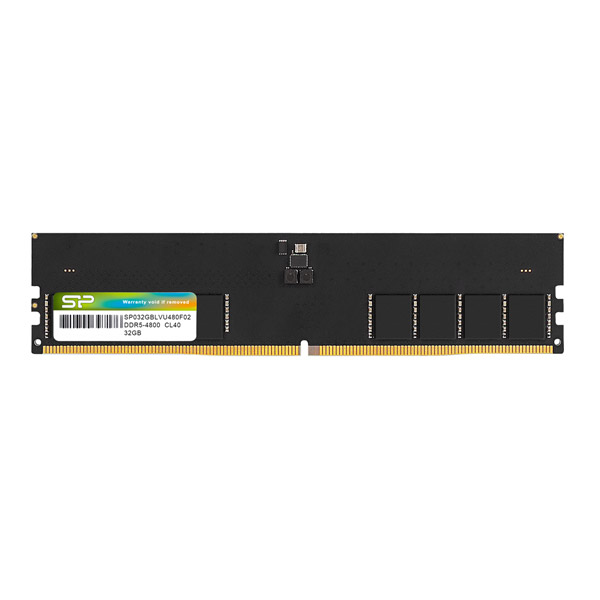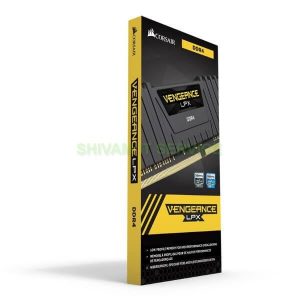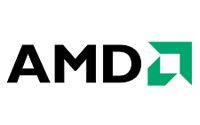Silicon Power 16GB DDR5 4800MHz SP016GBLVU480F02
Out of stock
5,600 10,980
Out of stock
Technical Details
| Brand | Silicon Power |
|---|---|
| Product Dimensions | 31.3mm x 133.4mm; 50 Grams |
| RAM Size | 16 GB |
| Model | SP016GBLVU480F02 |
| Computer Memory Type | DDR5 SDRAM |
| Compatible Devices | Desktop |
| Voltage | 1.1 Volts |
| Frequency (Speed) | 4800MHz |
| Item Part Code | SLRM0054 |
| Item Weight | 50 g |
Harness The Power Of DDR5
Taking speed, capacity, and reliability even further, the cutting-edge technology of this DDR5 module gives that next-level edge for your system’s performance. With aggressive speeds of 4800MHz, it’s 1.5x faster than standard 3200MHz DDR4 to provide multi-core CPUs with extreme responsiveness and the power to multi-task seamlessly.
Greater Power Efficiency
Even with all of its extra power, this DDR5 module improves upon its predecessor with on-module voltage regulation. A power management integrated circuit (PMIC) reduces the burden on the motherboard control and results in a lower voltage of 1.1V versus 1.2V for DDR4 for even less power consumption.
No Need To Keep Tabs On Your Tabs
Compared to DDR4’s 16GB chip unit capacity, this DDR5 module doubles that number to 32GB by packing in more banks and bank groups. This allows for more pages to be open at a time so you can increase your productivity without worrying about your system slowing down from having too many tabs open at once.
Higher Computing Performance
That’s not all that’s doubled – the minimum burst length on this DDR5 module is up to 16, up from 8 for DDR4. This improves data bus efficiency, providing twice the data on the bus, and consequently reduces the number of reads/writes to access the same cache data line.
Less Room For Error
This DDR5 module introduces On-Die ECC (Error Correction Code), a new feature that was designed to correct bit errors in real-time within the DRAM chip. By doing so, this advanced technology keeps your system reliably stable while automatically correcting data errors.
2 Channels Are Better Than 1
For even greater performance, this DDR5 module features two independent 32-bit channels per module. Compared to DDR4’s single channel, splitting it into two increases efficiency and lowers the latencies of data accesses for the memory controller to promote optimized efficiency.
| Brands | |
|---|---|
| Channel Kit | |
| Led Lighting | |
| Memory-Ram-Size | |
| Memory-Ram-Type | |
| Memory-Tested-Speed |
You may also like…
-
-
Desktop RAM, High End RAM
Corsair Vengeance 8GB DDR4 3000MHz RAM
Corsair CMK8GX4M1D3000C16 Desktop Ram Vengeance Lpx Series 8GB (8GBx1) DDR4 3000MHz Black
MODEL CMK8GX4M1D3000C16 MEMORY TYPE DDR 4 MEMORY SIZE 8 GB KIT TYPE 8GB x 1 TESTED SPEED 3000 MHz TESTED LATENCY 16-20-20-38 TESTED VOLTAGED 1.35 V Note : * Store Price may be vary *SKU: n/a -
Desktop RAM, High End RAM
G.Skill Trident Z RGB 8GB (8GBx1) DDR4 3000MHz RAM
G.SKILL Trident Z RGB Series DDR4 Memory Module (8GB X 1pcs, 3000Mhz)
- MODEL :F4-3000C16S-8GTZR
- SERIES : TRIDENT Z RGB
- MEMORY TYPE : DDR 4
- LED : RGB
- MEMORY SIZE : 8 GB
- KIT TYPE : 8GB x 1
- TESTED SPEED : 3000 MHz
- TESTED LATENCY : 16-18-18-38
- TESTED VOLTAGE : 1.35 V
Note : * Store Price may be vary *SKU: n/a -
Desktop RAM
Crucial DDR4 8GB 2400Mhz Desktop RAM
Crucial DDR4 8GB 2400Mhz RAM Memory Module for Desktop
- DDR4 PC4-19200, CL-17, Single Ranked, x8 based, Unbuffered, NON-ECC, DDR4-2400, 1.2V, 512Meg x 64.
- Make everything on your computer faster: Load apps in seconds by increasing the speed of your memory and installing more of it.
- Maximize the value of your system: At a fraction of the cost of a new system, a memory upgrade is one of the most affordable ways to increase performance. Get more out of your desktop by giving it the resources it needs to perform.
- Designed for leading platforms, compatible with OEM systems and warranties, and backed by a limited lifetime warranty, Crucial memory pushes the limits on performance.
- Install with ease – no computer skills required.
Note : * Store Price may be vary *SKU: n/a



















